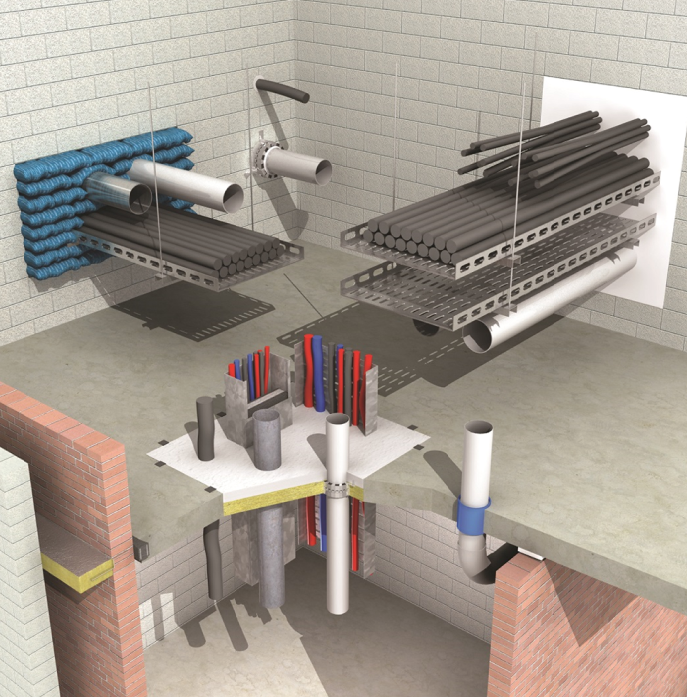Fire Stopping

Ensure your building is protected against the spread of fire and smoke with certified fire stopping solutions from Capital Fire Doors — trusted fire stopping specialists in London.
Our team works across a wide range of sectors, including residential, commercial, healthcare, and education — offering fully compliant, third-party-certified fire stopping services to meet building and fire safety regulations.
We are one of the leading fire stopping contractors in London, and our work adheres to Approved Document B, BS 476, and EN 1366 fire resistance standards.
Fire stopping constitutes a crucial aspect of passive fireproofing within the construction industry. It involves the procedure of filling gaps and joints between walls and floors with materials resistant to fire, thereby slowing down the progression of fire and, generally, the spread of smoke. A seal is utilised to address any imperfections in fit or design tolerance between elements or components, aiming to limit the propagation of fire and smoke, commonly referred to as penetration and linear joint seals.
Given the pivotal role that fire stopping should play in an overall fire strategy, it is essential that both fire-resisting partitions and fire doors be installed correctly. Competent individuals, possessing a full understanding of the significance of accurate installation in the context of fire safety, should be entrusted with this task.
The emergence of fire stopping gained prominence in the late 1970s, primarily to mitigate the significant loss of life and property attributed to smoke and other airborne pathogens. Its importance is particularly pronounced in structures where tenant mobility is restricted, such as hospitals, assisted living and nursing homes, high-rise buildings, and prisons.
Frequently Asked Questions (FAQs)
Fire stopping involves sealing or protecting service penetrations — such as pipes, ducts, and cables — where they pass through fire-rated walls or floors, using approved fire-resistant materials.
Yes, our team includes fully certified fire stopping specialists. We operate under BM TRADA and FIRAS third-party accreditation schemes, ensuring regulatory compliance and quality assurance.
We offer fire stopping in London and nationwide. Whether you manage a residential block, hospital, or office building, our fire protection experts can help you meet legal obligations and safety goals.
Yes. Fire stopping is a legal requirement for all new builds and refurbishment projects. It’s essential for compartmentation and forms part of your building’s passive fire protection strategy.
Absolutely. We recommend integrating fire door inspections and fire door maintenance alongside fire stopping for a complete passive fire protection solution.

